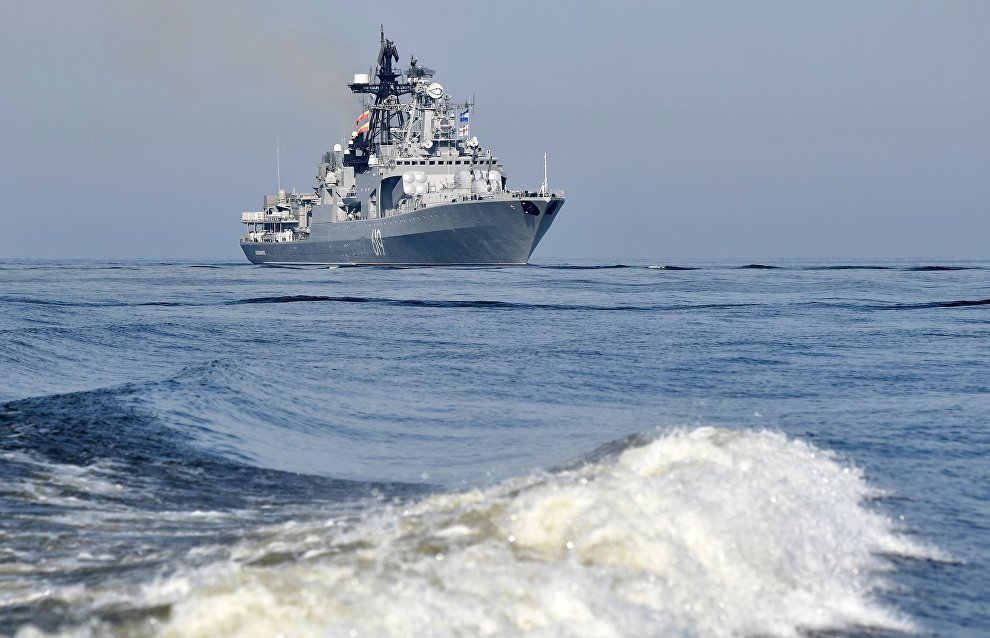Marine Board Council discusses Northern Sea Route safety
Safe navigation along the Northern Sea Route and the development of the emergency and rescue infrastructure in the Arctic zone were among the key discussion points during a meeting of the Russian Marine Board’s Council on Protecting Russia’s National Interests in the Arctic.
“The Arctic region has always had special economic, scientific, cultural and political significance to our country. The rational development of the Arctic’s natural resources and infrastructure, alongside the transformation of the Northern Sea Route into a safe, competitive, and year-round accessible transport artery, are the priorities of Russia’s national maritime policy,” stressed Aide to the President Nikolai Patrushev.
Deputy Prime Minister and Presidential Envoy to the Far Eastern Federal District Yury Trutnev noted that the Northern Sea Route is shaping Russia’s strategic superiority.
“Not only does it connect the Asia-Pacific Region and the European part of the continent, it also contributes to the implementation of Russia’s important security decisions,” he added.
The meeting participants discussed additional measures to develop the emergency and rescue fleet and places of its home bases, navigation equipment manufacturing, and airborne support.
Specifically, the development of the transport corridor requires building three Arctic emergency and rescue centers, in Sabetta, Tiksi and Dikson, with specialists from the Russian Emergencies Ministry and the Federal Medical-Biological Agency being on constant attendance there. Further projects include the construction of docking and aircraft landing facilities in close proximity to the rescue centers, equipped with nine helicopters.
Four communication, weather and radar observation satellites would be placed in orbit for communication and ice monitoring purposes. Northern Sea Route security would be ensured by providing at least 42 search and rescue vessels, equipping nuclear-powered icebreakers with additional emergency tools, and building one more hydrographic vessel.
“Each of these tasks has a deadline and federal executive bodies in charge. The measures are to be implemented. If there are circumstances preventing fulfillment and affecting our national strategic tasks, we must look into the causes and find weak links in the chain – or perhaps simply find other professionals who would be able to perform the job successfully,” Yury Trutnev emphasized.
The meeting participants specifically focused on inter-agency cooperation on navigation safety. They set tasks to ensure safe navigation along the trans-Arctic transport corridor, including the Northern Sea Route water areas.
